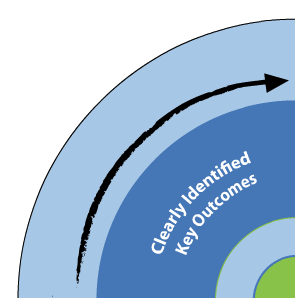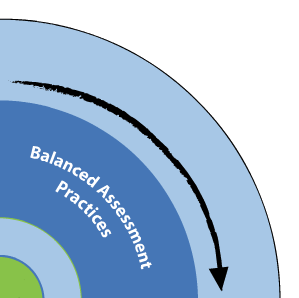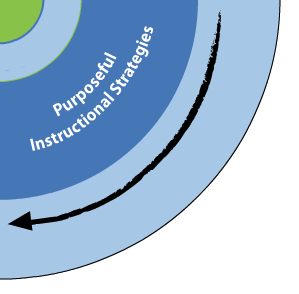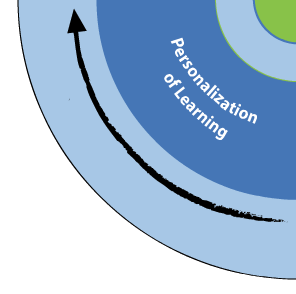Metacognitive Skills - Making Inferences
Making Inferences
Page Navigation
(Click to jump to section)
| Brief Explanation | Research | Clearly Identified Key Outcomes | Balanced Assessment Practices | Purposeful Instructional Strategies | Personalization of Learning |
Brief Explanation
- Inferring is the ability to connect what is in the text with what is in the mind to create an educated guess. (Beers, 2003, p.62)
- Inferring is the ability to read between the lines or to get the meaning an author implies but does not state directly (Duffy, 2003, p 102)
- Use clues to figure out what it means.
Research
- The ability to construct meaning requires more than interpreting explicit text. It involves accessing relevant world knowledge and generating inferences that are needed to make sentences connect and to relate to world knowledge (Kamhi & Catts, 2012).
- “An author does not spell out every little detail; to do so would result in a text that was rather long and boring. As a consequence, the reader must generate links between different parts of the text and use general knowledge to fill in missing details” (Cain, 2010, p. 55).
- An inference can only be made if the reader has the background knowledge on which the inference is based.

Clearly Identified Key Outcomes
Use your programs of study for curriculum outcomes related to making inferences.
Please refer to CESD’s Essential Outcomes work if you are using the previous Alberta Curriculum (Grade 7+).
Here is the New Alberta ELAL Curriculum, from the New Learn Alberta website, laid out like a scope and sequence.

Balanced Assessment Practices
Criteria for inferences include, but are not limited to:
- Connected to the events, characters, actions already presented in the text/story
- Logical and possible
- Speculation or question related to the text that shows evidence of forward thinking
- Revisable
- Inductive reasoning
- Use clues to figure out something that is not directly stated in the text
- Drawing conclusions or generating explanations based on background knowledge combined with text
When assessing the quality of the inferences, teachers should consider the following:
- Does it make sense?
- Is it connected to the content of the text?
- Does the student have evidence to support/explain their inference?
- I think this because….
- I can tell the character is kind because….
- I know that …. because….
- Because I understand the structure of a text, I know that….
- The quantity and quality of the student’s explanation of the inference.


Purposeful Instructional Strategies
PRE
- See section on activating background knowledge and the section on text structure
- Forming a best guess using evidence — context clues, picture clues, etc.
- See section on making predictions
DURING
- Modelling your own inferences will help your students learn how to engage in this process.
- Suggest students look for meanings the author suggests without stating.
- Example questions to ask:
- What did _____ make you think about?
- What do you think this character really meant by that?
- What is the author really trying to say?
- What predictions can you make?
- What do you think will happen next? Why?
- What does this remind you of? Why?
- Based on what the author has shared, what can you infer?
- Based on what you already know about _____ concept, what can you infer about….?
- Finding meaning of unknown words
- I think this because….
POST
- See section on asking questions
- Drawing conclusions
- Checking predictions
- Provide students with forms or graphic organizers to infer from texts:
- It says…. (text)
- I say….. (background knowledge)
- So…. (inference)
- Revising our thinking and explaining how our thinking has changed


RESOURCES TO SUPPORT OVERALL DEVELOPMENT
- Academic Language! Academic Literacy! Eli Johnson
- When Kids Can’t Read – What Teachers Can Do by Kylene Beers
- http://reading.ecb.org/

Personalization of Learning
- Pre-teach vocabulary or concepts on an individualized or small group basis as required
- Creating experiences that build background knowledge in a variety of ways – addressing a variety of learning styles